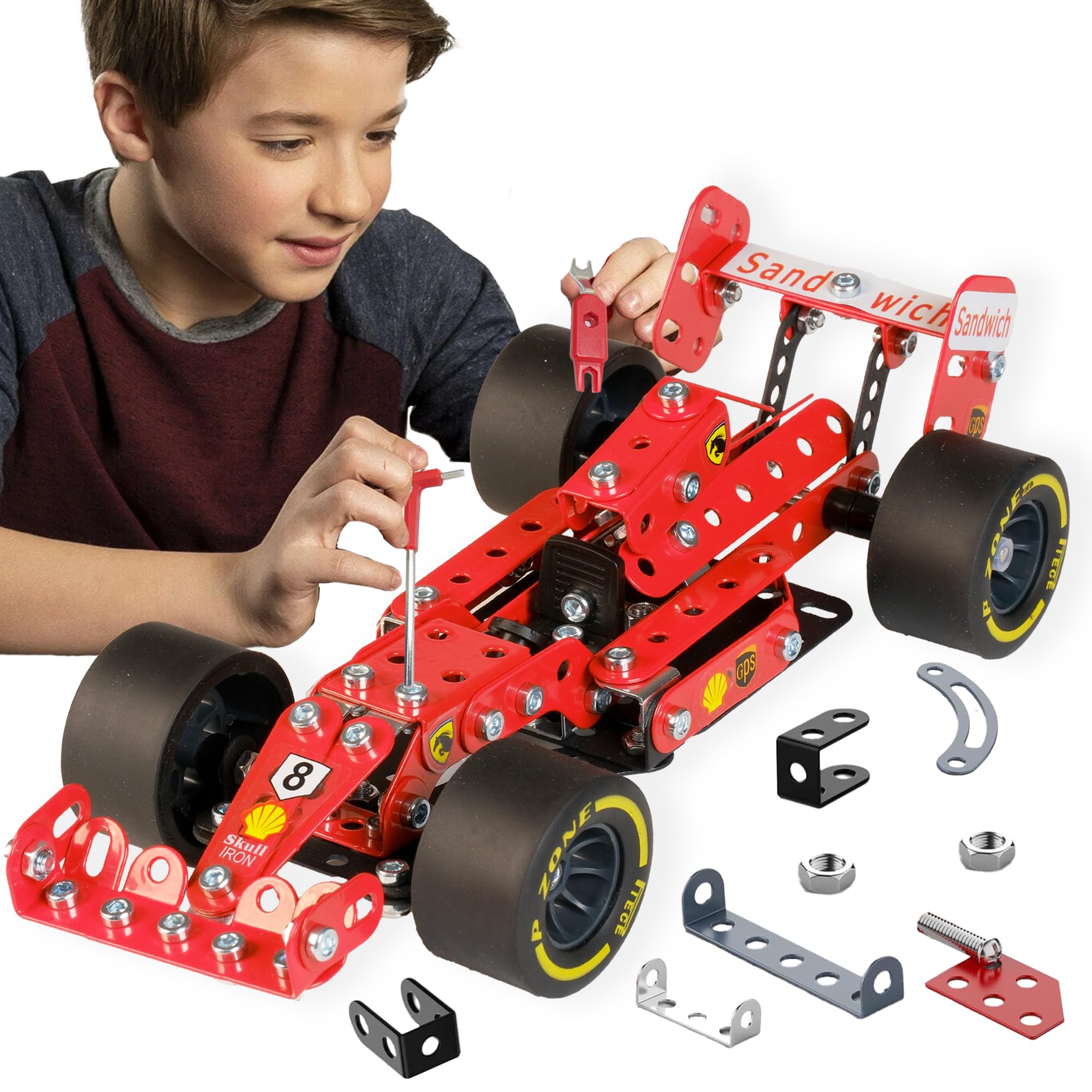Modern automotive polymers encompass high-performance engineered materials, not basic plastics. Key applications focus on weight reduction, safety, and cost efficiency.
Core Polymer Types
- Reinforced Composites: Glass Fiber Reinforced Polymer (GFRP), Carbon Fiber Reinforced Polymer (CFRP) for structural components.
- Engineering Thermoplastics: Polyamide (PA), Polypropylene (PP), Acrylonitrile Butadiene Styrene (ABS) for interiors, under-hood parts.
- Thermosets: Sheet Molding Compound (SMC) for body panels.
Performance Advantages
- Weight Reduction: Up to 50% lighter than equivalent steel parts, directly improving fuel efficiency/EV range.
- Corrosion Resistance: Eliminates rust, enhancing longevity in harsh environments.
- Design Freedom: Enables complex geometries, integrated functions (e.g., molded-in clips), and aerodynamic shapes.
- Part Consolidation: Reduces assembly steps and tooling costs.
Critical Safety & Durability Considerations
Materials require rigorous validation:
- Impact Resistance: Meets FMVSS standards for crashworthiness (bumpers, energy absorbers).
- Flammability: UL94 V-0 rating or higher for interior components to inhibit fire spread.
- Thermal Stability: Must withstand sustained high temperatures near engines/batteries without warping (e.g., PA66-GF50).
- UV & Chemical Resistance: Essential for exterior trim and underbody parts exposed to road salts/oils.
BEV-Specific Applications
Polymers are critical in battery electric vehicles:

- Battery Housings: Dielectric composites (e.g., PP-GF30) with flame-retardant additives meeting IP67 and thermal runaway containment requirements.
- Lightweighting: Offsets heavy battery mass; crucial for extending driving range.
- Thermal Management: Thermally conductive polymers for battery cooling systems.
Automotive polymer selection involves trade-offs between mechanical properties (tensile strength, modulus), cost (material + tooling), manufacturability (injection molding cycle time), and sustainability (recyclability, bio-content).







